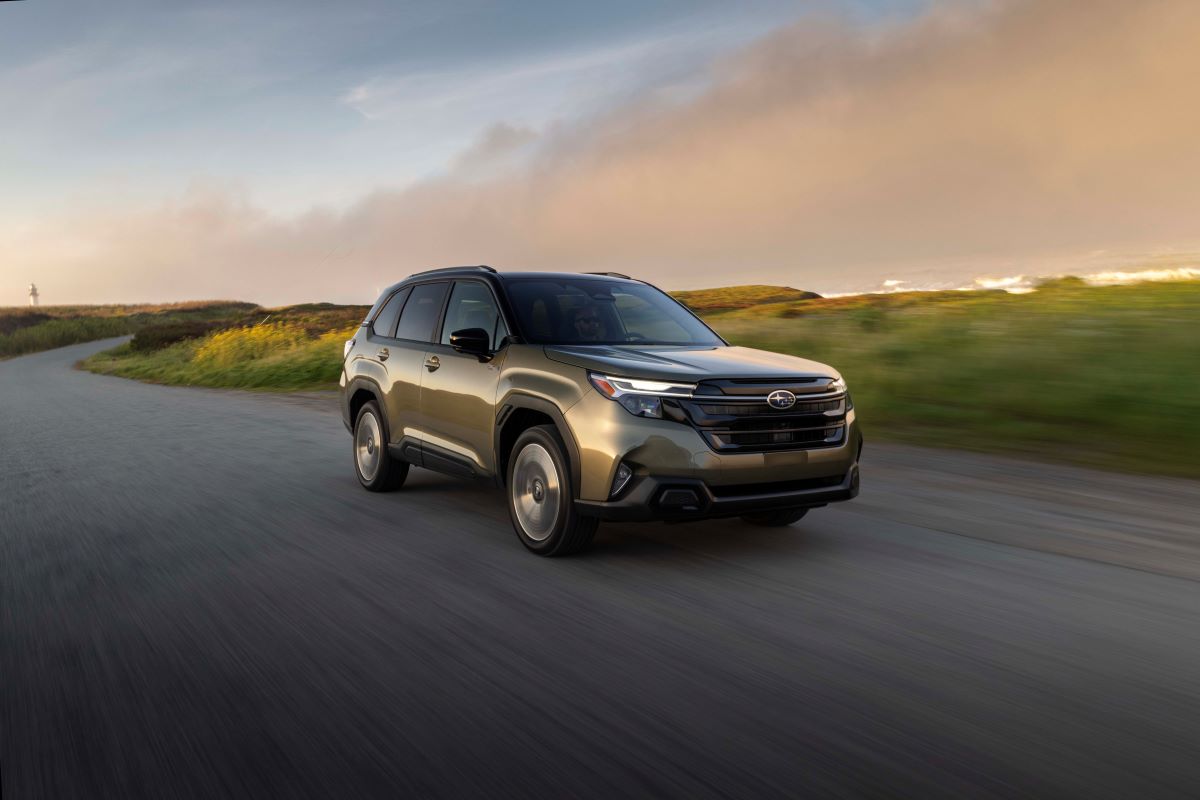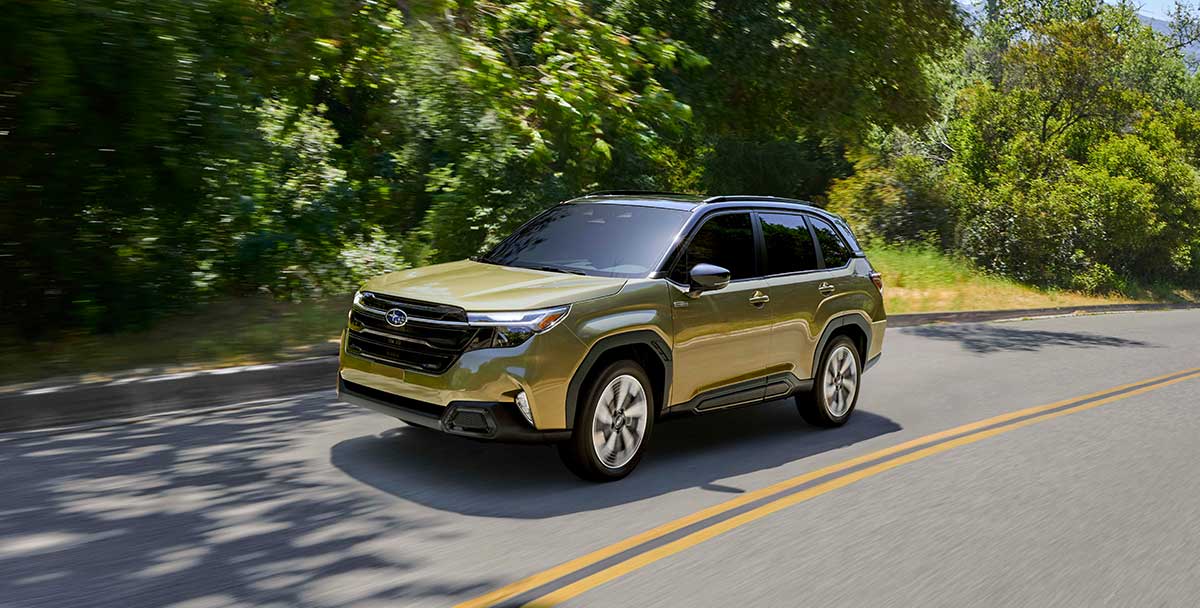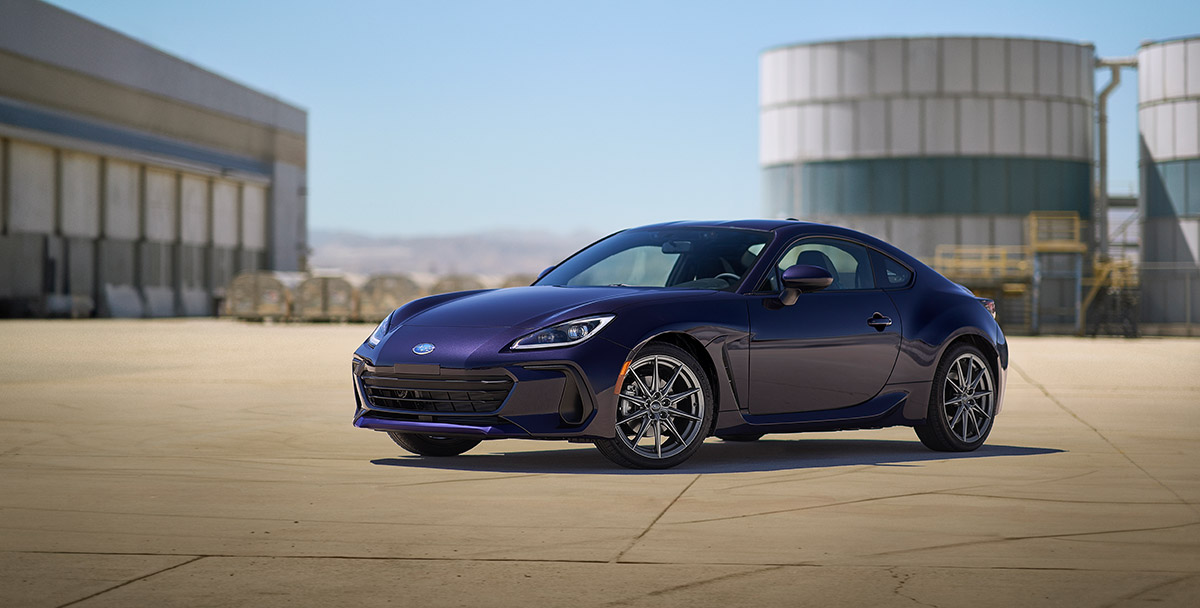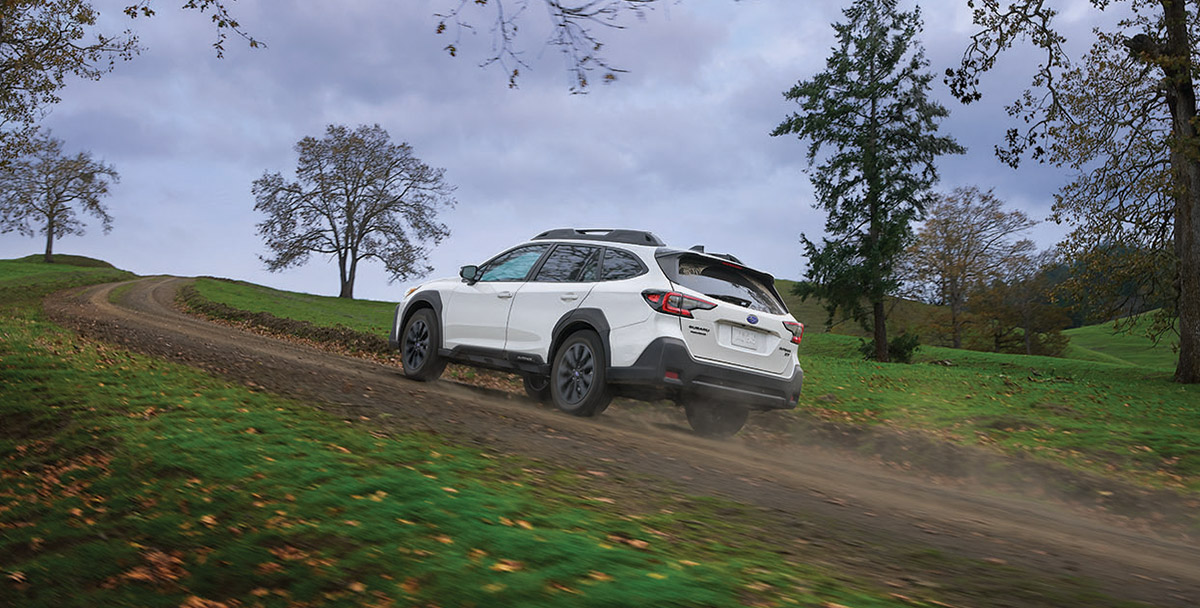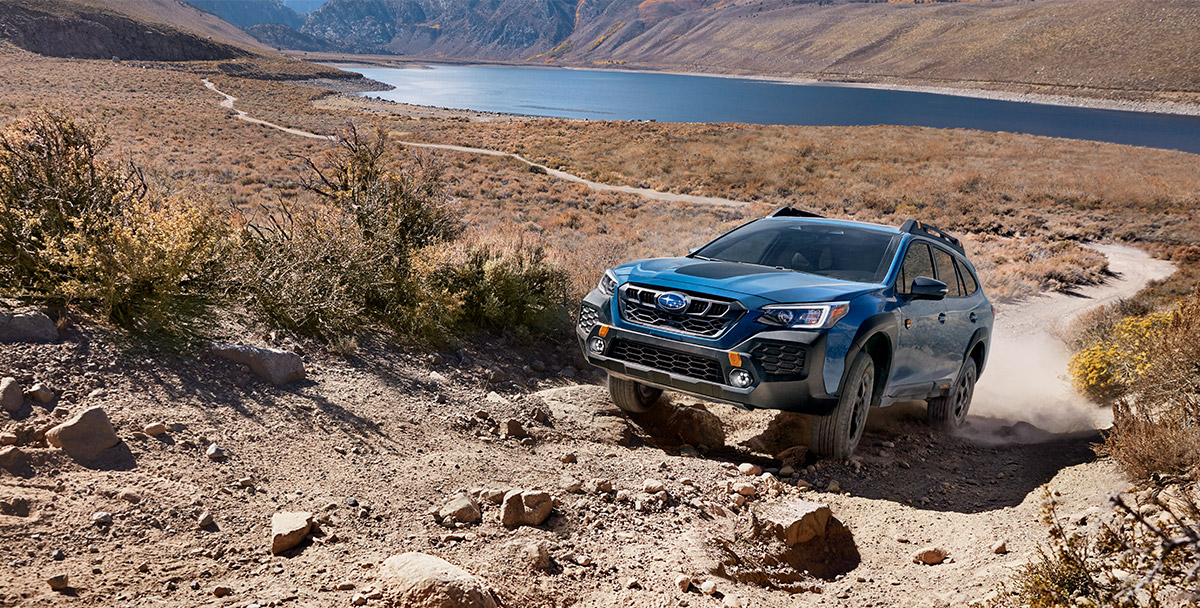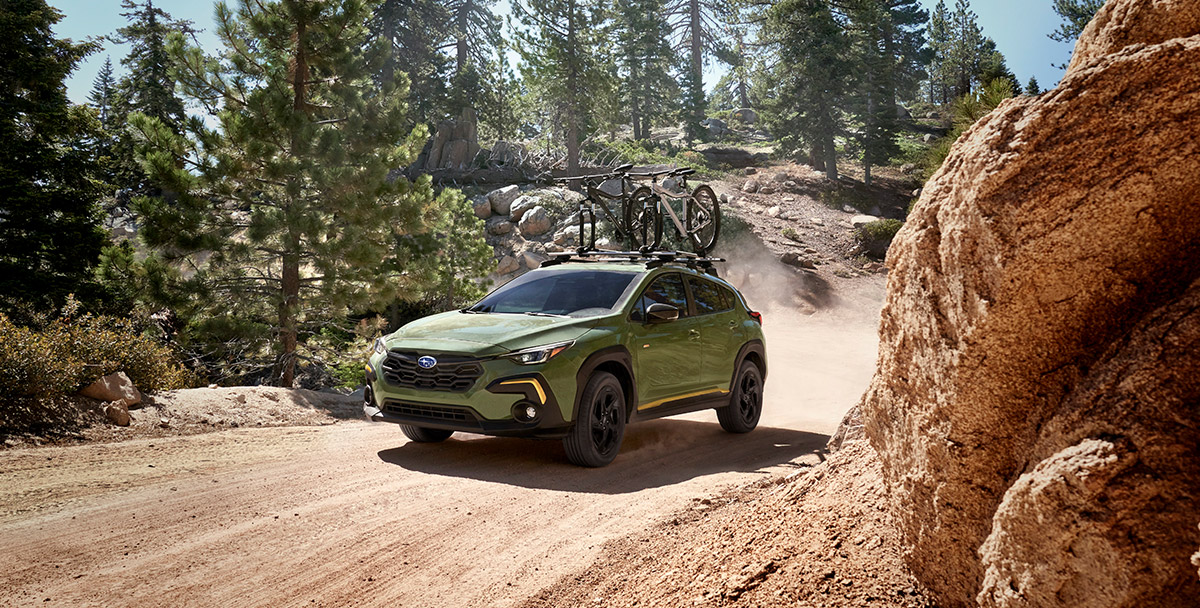From Baby Driver to Fast and the Furious the WRX and WRX STI are scene-stealers.
From multiple appearances in the Fast and the Furious franchise to a prominent role in the 2017 hit Baby Driver, the Subaru WRX and WRX STI have been lighting up the silver screen for years. As Drive Performance readers well know, to get behind the wheel of these vehicles is to understand why their performance, looks and sounds have made them icons in the tuner scene. Likewise, Hollywood is aware that what makes them a presence at an autocross or rally event can also make them stars on film.
Earlier this year, director Edgar Wright wowed moviegoers with Baby Driver, which followed a getaway driver named Baby, a savant behind the wheel of a WRX. Wright’s trademark kinetic form of filmmaking worked with special effects teams in movies like Shaun of the Dead and Hot Fuzz, but how would it work with a car like the WRX in a starring role? Stunt coordinator and second unit director Darrin Prescott made it happen.

Photo: © 2017 TriStar Pictures, Inc. and MRC II Distribution Company L.P. All Rights Reserved
Growing up in Massachusetts, Prescott found his inspiration at the drive-in. “I saw Hooper,” says Prescott, referring to the 1978 Burt Reynolds stuntman flick. “And I decided that’s what I wanted to do.”
Prescott worked his way up doing grunt work in movies like Blade and Batman & Robin. He was also a stunt coordinator for two of the Jason Bourne films. He got the call for Baby Driver and, as Prescott puts it, the script was great, but the hero car needed a bit of tweaking.
— Darrin Prescott, stunt coordinator and second unit director of Baby Driver

Photo: Sony Pictures Home Entertainment
The filmmakers wanted a realistic getaway car that could blend in, so the movie was originally scripted with a relatively conventional vehicle. But, as Prescott says, “The stuff we wanted to do, you could never get it done with [that vehicle]. Any car fan would see it and call BS.” The team decided on the WRX.
In fact, they used a handful of stunt-prepped WRX vehicles, along with a debadged STI. The multiple cars weren’t just backups. Prescott envisioned a number of stunts, or “gags” in industry lingo, and each required a custom-tailored car. Eager to push the envelope with an ambitious schedule, Prescott had imagined some stunts that directors hadn’t previously considered, or weren’t willing to do. “Directors weren’t shooting the car chases the way I wanted,” he says.
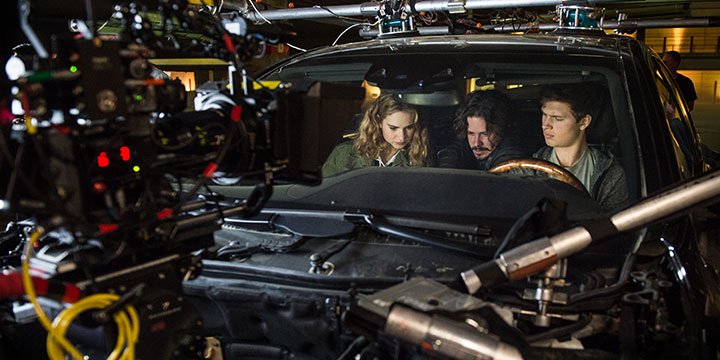
Photo: © 2017 TriStar Pictures, Inc. and MRC II Distribution Company L.P. All Rights Reserved
Bringing these visions to life required five vehicles in all, including a “buck” – a stripped-out, stationary car used for certain shots. In addition to the debadged STI, there was a rear-wheel drive version with about 260 horsepower, built for drifting scenes. For particular stunts, another car incorporated revised differentials that allowed a much greater power bias toward the front wheels.
If you’ve seen the film or even the trailer, you likely remember the memorable “180 in, 180 out,” or double 180. “That was a gag I’ve wanted to do for years,” says Prescott. “So we pitched it, shot it in a parking lot, then showed it to Edgar.” It became one of the standout stunts from the film.
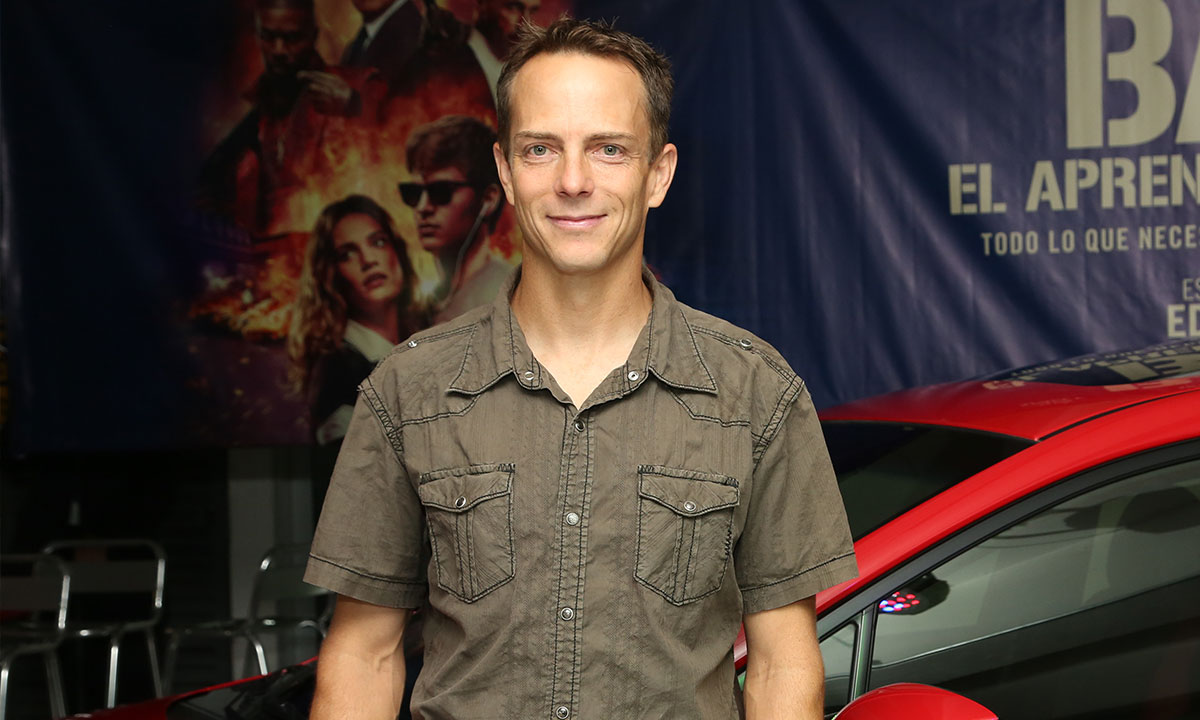
Photo: © 2017 TriStar Pictures, Inc. and MRC II Distribution Company L.P. All Rights Reserved
Where Baby Driver is an almost minimalist, independent-style film, every iteration of the Fast and the Furious franchise has been a certified summer blockbuster. After 2 Fast 2 Furious and Tokyo Drift, Universal brought some of the original cast back for the fourth installment. Fast Five was when the franchise really hit on all cylinders, with the right cars, the right cast and the most incredible stunts. That’s when Andy Gill, stunt coordinator and second unit director, joined the team.
Gill had a lifetime of experience to draw on. He grew up on motorcycles, racing motocross in the 1970s, and his first stunt job was with the 1982-86 NBC series Knight Rider. His success with that show led to many others, including The Fall Guy (a show about a stuntman). He drove in Talladega Nights, Driven and Death Race, amassing an IMDb profile with 282 stunt credits and counting. Then he got the call for Fast Five. He would end up staying on for all of the following installments.
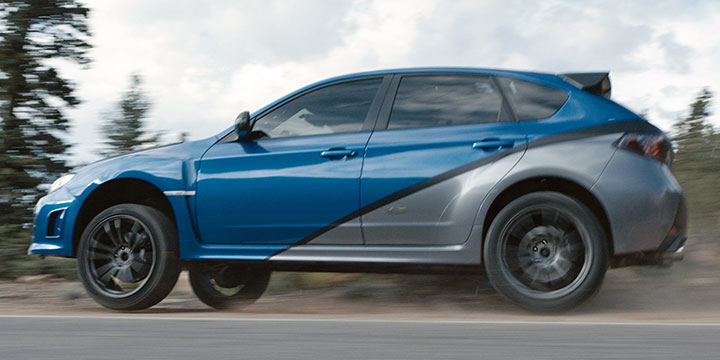
Photo: Universal Studios
The 2011 Subaru WRX STI in Fast Five was essentially unmodified, but by the time Furious 7 debuted, Gill and his team were making ambitious mods.
“In 7, we had to take it down the side of a mountain,” says Gill, “so we did some suspension mods for the drop.” The team was also shooting at Pikes Peak at elevations of 12,000-13,000 feet. The turbocharged Subaru engine handled the altitude, which had caused problems for the naturally aspirated V8 cars.
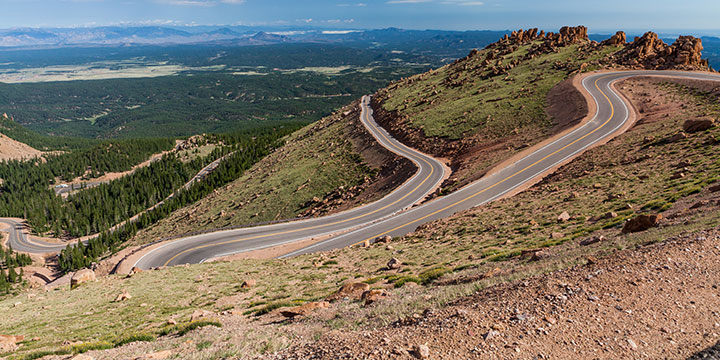
Photo: Oscity / Shutterstock
To keep things flowing smoothly, the moviemakers had Pikes Peak International Hill Climb expert Rhys Millen on set. “Millen knows the mountain well,” says Gill. “He also has a local network of Subaru tuners and shops.” That came in handy while Gill’s team was testing a car and lost control due to a brief, intense hailstorm. The car rolled down the side of the hill and sustained heavy damage, and it was the only WRX they had for that shoot day. “But then Rhys knew a kid nearby,” says Gill. “They worked on it through the night. It saved our butts, big-time. If it was any other car it would have never been finished the next day.” Gill credits not only the ubiquity of parts and popularity of the tuning culture, but also the maintenance-friendly design of the WRX STI.
As Gill puts it, the WRX STI is a car that, “when you look at it, is designed to be worked on.” The same can be said of the Rocket Bunny Subaru BRZ, which appeared in The Fate of the Furious (aka Fast 8).
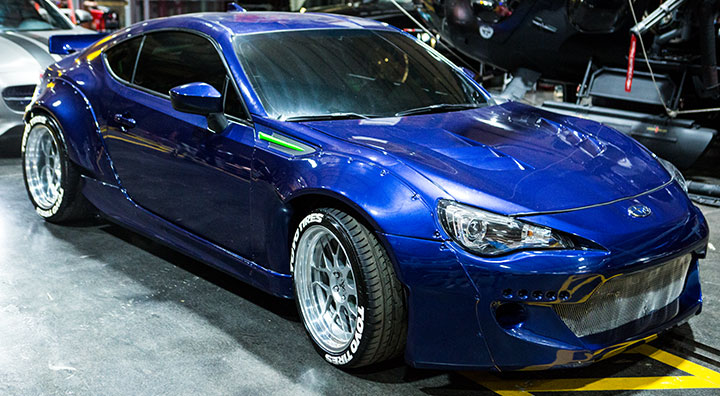
Photo: Universal Studios
The WRX built its reputation on performance and racing prowess. Much of its DNA is infused with the ruggedness and versatility of its powertrain, making it the ideal platform for rallying and autocross. That translates to its status as a potent, reliable movie car.
“The car had to work every time or we’d lose the shot,” says Prescott. “The WRX could take a serious beating and keep filming.”
The WRX, WRX STI and BRZ all proved themselves in these films. Edgar Wright has not ruled out a Baby Driver sequel, and there are (at least!) two more Fast movies on the way.
In the 1930s, there was an advertising slogan that suggested that, if you wanted to know about a car, you should ask the person who owned one. Maybe you should ask the man who pushes one as hard as Darrin Prescott: “We deal with tons of different cars. The WRX is built for this.”
